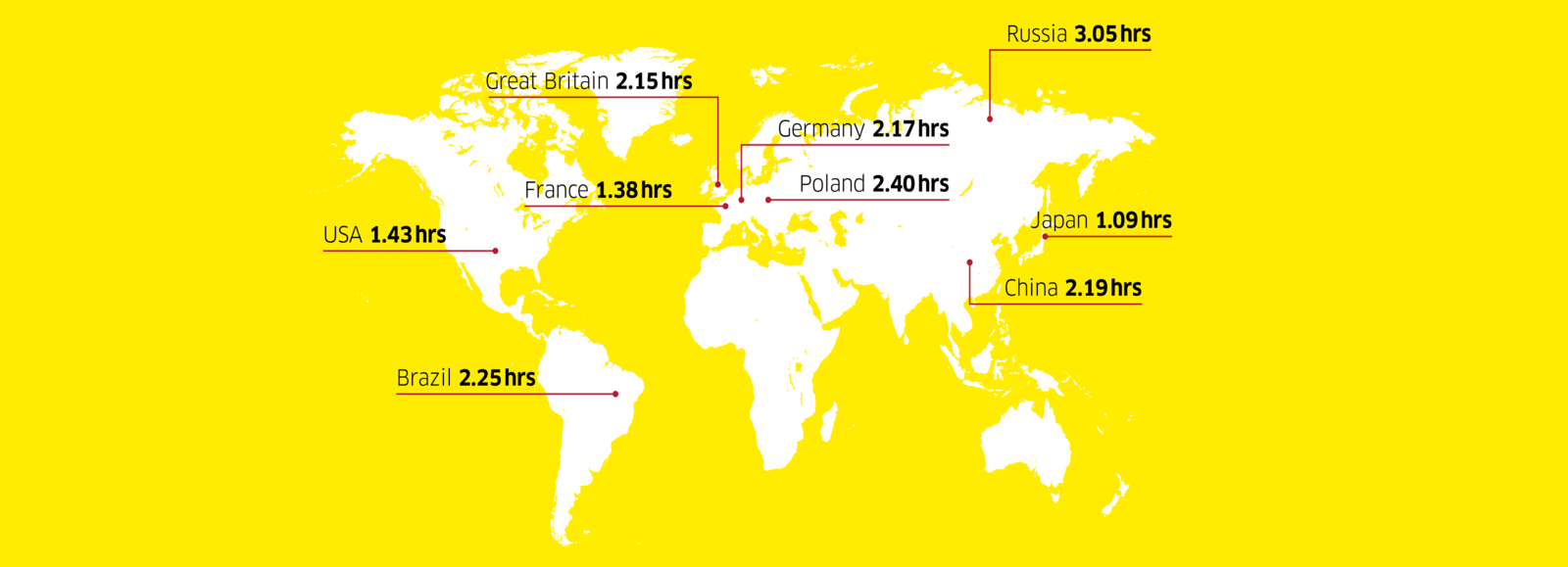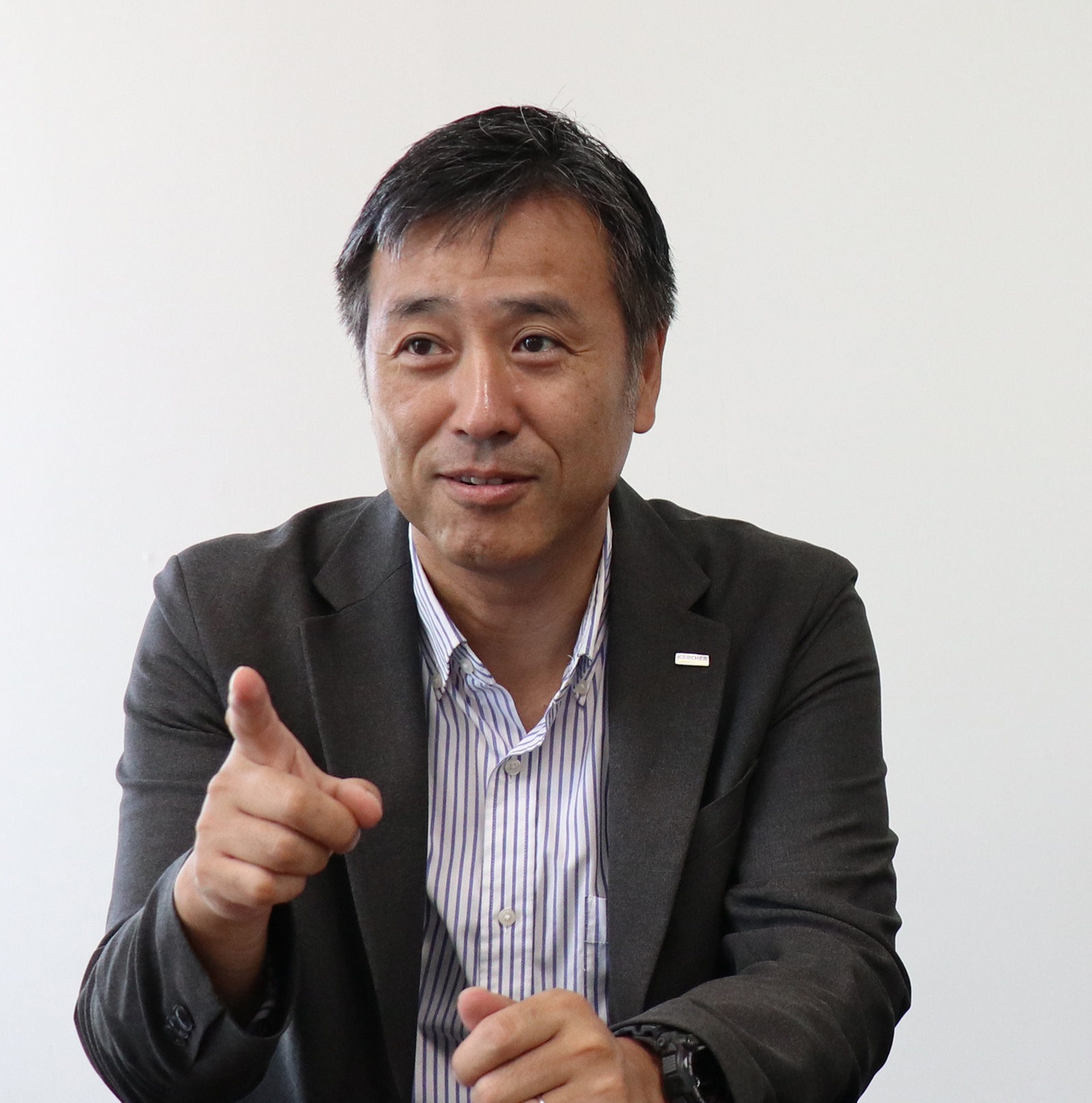Global wellness factor: A clean home
世界各地的人们每周花费超过两个小时的清洁。从拖把和扫帚,用蒸汽清洁,或将琐事留给真空机器人,偏好在全球各地各不相同。但每个人都同意“为什么”:94%的受访者认为一个干净的家庭很重要。

巴西人在这里的明确领导者99%,德国人精确地坐在中美家庭,最多可使用四个真空吸尘器来解决灰尘和绒毛。这个和其他有趣的调查结果是'Kärcher清洁研究2018'的结果。
醋,蒸汽清洁剂等 - 每个国家都清洁不同
83%的德国人使用电气清洁辅助工具,四分之一的美国 - 美国人在他们清洁时与自己交谈,近一半的杆子都喜欢他们的蒸汽清洁剂 - 不仅在习惯方面清洁家庭的持续时间和重要性。TOO:每个国家都有不同的清洁。安德斯。

Experts interview: Cleaning habits in the USA and Japan
在日本清洁道德和“美国快速清洁”
2.47 people, 65 square metres of living space in the Tokyo region, a pet in one in five homes – the statistical average household in Japan. The living space outside the capital is just under 110 square metres. US-American households comprise an average of 2.5 people. They have around 220 square metres of space, which almost 70% of them share with a pet – for the majority a dog or cat as in Japan. Two countries, two different lifestyles – one reason to explore the cleaning habits in Japan and the USA more closely. In a conversion with Kenji Asaki of Kärcher in Japan and Dan Hayes from the USA, the key question was: How do you clean on different sides of the Pacific?
Japan emerges from the survey with two extreme results: as the country with the greatest love of technology, but the shortest time spent cleaning. Can you explain that?
Kenji Asaki:为我们清洁的家庭活动– A survey says that 40% clean their apartment or house every day, and a further 40% every two to three days. The frequency of cleaning simply means it's quicker to do. We also take our shoes off before going into the house – which is a big factor in not getting floors in particular so very dirty in the first place. There's no contesting that we Japanese also love technology. So it is only logical that we also use electrical aids in the home. The vacuum cleaner is the appliance of choice, and robot vacuums are also becoming increasingly popular.
Is cleaning 'along the way' also common in the USA?
Dan Hayes:Here in the USA, like Japan, we tend to clean our apartments and houses regularly throughout the week – what we call 'quick cleaning' is widespread. It used to be different, and comes simply from the fact that in many households everyone goes out to work and wants to keep the weekend free to relax. In the USA, mops are very popular for cleaning floors, and among electrical appliances, the vacuum cleaner also tops the sales figures.
Does that mean carpets are popular floor coverings in both countries?
Dan Hayes:这对美国来说是真实的。北美人喜欢地毯,由于有史以来,他们越来越受欢迎。地毯目前领先地板覆盖物排名,其次是镶木地板和瓷砖。在休息室和卧室特别地,没有什么能为美国 - 美国人提供铺有地毯的温暖,欢迎的气氛。
Kenji Asaki:如今,几乎每个家庭都发现了木质硬地板覆盖物。在日本,我们选择性地与榻榻米垫一起工作 - 这些是由编织或压缩稻草制成的,并单独铺设,特别是在休息区。
这是否意味着在日本的家中,类似于美国,您主要是大型开放式厨房?
Kenji Asaki:Recently many houses in Japan have a room layout that combines the living, dining and kitchen. It is also the most frequented room and so top of the agenda for cleaning. During the traditional 'year-end cleaning', that is still very widespread in Japan, the kitchen is also where we start. Besides that the bathroom is also high up on the to-do list.
In Japan, people remove their shoes out of habit – what else differentiates Japanese cleaning behaviour from other countries?
Kenji Asaki:我认为这一事实影响了清洁习惯在我们的地板真正与沙子或泥土真正弄脏的程度。我们还将非常重点放在家外的清洁度:几乎任何人都不会进入街道上的垃圾。清洁行为也具有道德方面:这不仅仅是为了干净 - 清洁也是教育的一部分。例如,清洁学校教室是学校规则之一。
How is that in the USA – is it true that you don't hold back on appliances?
Dan Hayes:The typical US household is across several storeys. So it's not uncommon for us to own not one, not two, but up to four different vacuum cleaners. For each floor and for different demands – whether it's a robot vacuum for day-to-day cleaning or appliances for wet and dry carpet cleaning. By the way, these spray extraction appliances for deep-cleaning carpets rank third in the list of most popular cleaning appliances in the USA. Because our houses are generally relatively large, we also have enough storage space to keep a lot of appliances.


